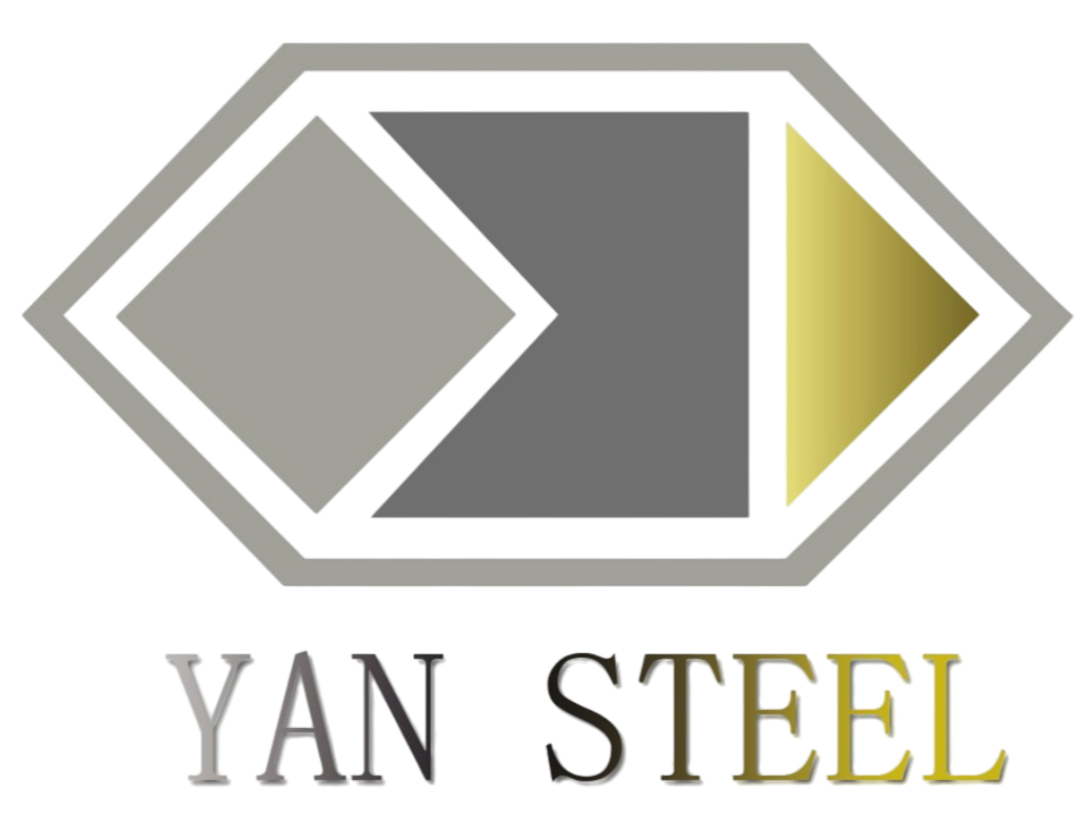Understanding the Global Market Dynamics of Electrical Steel
The electrical steel market, particularly grain-oriented electrical steel, stands at the forefront of power distribution and generation infrastructure worldwide. This specialized magnetic material, essential for transformer cores and electrical equipment, continues to shape the energy sector's evolution. As industries worldwide embrace sustainable energy solutions, the demand for high-grade grain-oriented electrical steel has reached unprecedented levels.
Market analysts have observed significant shifts in pricing patterns, influenced by raw material costs, manufacturing capabilities, and growing industrial applications. The intricate relationship between supply chains, production technology, and market demands creates a complex landscape that impacts pricing structures across regions.
Market Drivers and Price Influences
Raw Material Cost Impact
The production of grain-oriented electrical steel relies heavily on high-grade silicon steel and other essential materials. Recent fluctuations in raw material costs have created ripple effects throughout the supply chain. Silicon prices, in particular, have experienced volatility, directly affecting production costs and market prices of electrical steel products.
Additionally, energy costs associated with the sophisticated manufacturing process of grain-oriented electrical steel contribute significantly to final pricing. The precision required in grain orientation and the specialized heat treatment processes demand substantial energy input, making production costs sensitive to energy market fluctuations.
Global Supply Chain Dynamics
The concentrated nature of grain-oriented electrical steel production, with only a handful of major manufacturers worldwide, creates unique market dynamics. Supply chain disruptions, whether from manufacturing challenges or transportation issues, can quickly impact global availability and pricing. Recent years have shown how regional production limitations can lead to increased prices in markets with high demand.
Trade policies and international regulations also play crucial roles in pricing structures. Import duties, environmental regulations, and quality standards influence both production costs and market access, contributing to price variations across different regions.
Technical Specifications and Value Propositions
Grade Classifications and Pricing Tiers
The market for grain-oriented electrical steel features various grades, each optimized for specific applications. High-permeability grades, designed for maximum energy efficiency, command premium prices due to their superior performance characteristics. Understanding these technical specifications becomes crucial for buyers in evaluating cost-effectiveness against performance requirements.
Manufacturers continually invest in research and development to enhance the magnetic properties and reduce core losses in grain-oriented electrical steel. These improvements, while adding to production costs, often justify higher market prices through improved operational efficiency in end-use applications.
Performance Metrics and Cost Benefits
When analyzing the true value of grain-oriented electrical steel, considerations extend beyond initial purchase prices. The material's impact on transformer efficiency, operational lifespan, and maintenance requirements provides important cost-benefit metrics. Higher-grade materials often demonstrate superior long-term value despite higher upfront costs.
Energy efficiency regulations worldwide continue to drive demand for higher performance grain-oriented electrical steel. This regulatory environment influences pricing structures while simultaneously encouraging investment in advanced production technologies.
Future Market Outlook and Price Trends
Technological Advancements and Pricing Impact
Emerging technologies in grain-oriented electrical steel production promise to enhance efficiency and potentially reduce manufacturing costs. Innovations in domain refinement and coating technologies could lead to more competitive pricing structures while maintaining or improving performance characteristics.
The integration of smart manufacturing processes and automation in production facilities may help optimize costs, though significant initial investments are required. These technological developments could gradually influence market prices while ensuring consistent product quality.
Sustainable Production and Market Value
Environmental considerations increasingly influence both production methods and pricing strategies for grain-oriented electrical steel. Manufacturers investing in sustainable production techniques may face higher short-term costs but position themselves favorably in markets emphasizing environmental responsibility.
The growing focus on lifecycle assessment and circular economy principles may reshape pricing models, incorporating environmental impact considerations into value propositions. This evolution could lead to more nuanced pricing structures that reflect both performance specifications and sustainability metrics.
Frequently Asked Questions
What factors most significantly influence grain-oriented electrical steel prices?
Raw material costs, energy prices, manufacturing technology investments, and global supply-demand dynamics are the primary factors affecting grain-oriented electrical steel prices. Market concentration and trade policies also play crucial roles in price determination.
How does grade selection impact overall costs in transformer applications?
Higher grades of grain-oriented electrical steel typically come with premium pricing but often deliver superior performance and energy efficiency. The total cost of ownership, including operational efficiency and maintenance requirements, should be considered alongside initial purchase prices.
What role do environmental regulations play in pricing?
Environmental regulations influence production costs through required technological investments and compliance measures. However, these regulations also drive innovation in manufacturing processes and may lead to more efficient production methods in the long term, potentially affecting future pricing structures.

